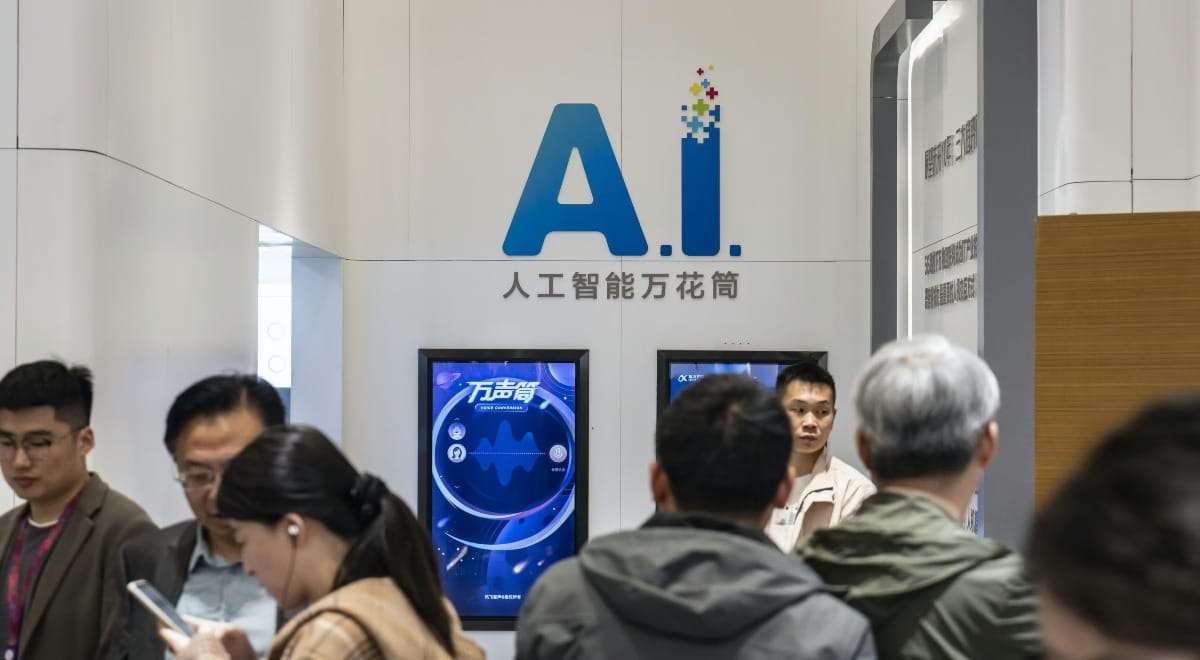- 🤑 Accenture booked over $600M in revenue from Generative AI this quarter, exceeding OpenAI’s full year 2023 revenue of $1.6B.
- 🚀 Most enterprises plan to increase their Generative AI spend by 2-5x in 2024 to deploy more workloads to production.
- 💡 For AI startups, building enterprise-focused solutions that address pain points and provide productized services is a massive opportunity.
- 🌐 Open-source and self-hosted Large Language Models (LLMs) are valued by enterprises for control and customizability, with Hugging Face and Meta’s LLMs leading the way.
- 🤖 Customer support chatbots and recommendation systems with chat interfaces are the primary customer-facing use cases enterprises are exploring.
- 💰 The biggest impact of Generative AI so far has been productivity gains, leading to cost savings for enterprises.
- 🧠 2024 is anticipated to be the year of AI agents that can execute complex workflows, potentially disrupting traditional SaaS apps.
- 🏭 Companies with strong infrastructure (e.g., LangChain, Pinecone) or unique data (e.g., Character AI) have a competitive advantage in the Generative AI space.
- 📈 For startups with limited funds, focusing on AI services, productized AI services, and consultancy may be the best approach.
- 💻 For well-funded startups, building strong products with a specific use case and keeping the end customer in mind is recommended.
- 🔬 Companies with abundant resources should invest heavily in R&D, acquire high-quality data, and explore new architectures in both software and hardware.
In the rapidly evolving landscape of Generative AI, enterprises are leading the charge, recognizing the immense potential of this technology to drive innovation and operational excellence. With industry giants like Accenture booking over $600 million in revenue from Generative AI this quarter alone, surpassing OpenAI’s full-year 2023 revenue of $1.6 billion, the significance of this paradigm shift cannot be overstated.
The Generative AI Gold Rush
Enterprises across various sectors are enthusiastically increasing their investments in Generative AI. According to industry reports, most enterprises plan to increase their Generative AI spend by a staggering 2-5 times in 2024, with the goal of deploying more workloads to production environments. This surge in demand presents a massive opportunity for AI startups to capitalize on this burgeoning market.
Addressing Enterprise Pain Points
For startups seeking to thrive in this dynamic ecosystem, building enterprise-focused solutions that address specific pain points and offer productized services is crucial. By aligning their offerings with the evolving needs of enterprises, startups can position themselves as valuable partners, facilitating the seamless integration of Generative AI into existing business processes.
The Rise of Open-Source and Self-Hosted LLMs
One of the key drivers behind the enterprise adoption of Generative AI is the increasing availability of open-source and self-hosted Large Language Models (LLMs). Enterprises value the control and customizability these models offer, allowing them to tailor the technology to their specific requirements. Platforms like Hugging Face and Meta’s LLMs have emerged as leaders in this space, providing enterprises with a robust foundation for their Generative AI initiatives.
Customer-Facing Use Cases: Chatbots and Recommendation Systems
As enterprises explore the potential of Generative AI, two primary customer-facing use cases have emerged: customer support chatbots and recommendation systems with chat interfaces. These applications leverage the natural language processing capabilities of LLMs to deliver personalized and seamless experiences, enhancing customer satisfaction and engagement.
Productivity Gains: The Biggest Impact So Far
While the applications of Generative AI are vast, the most significant impact thus far has been the substantial productivity gains realized by enterprises. By automating tasks and streamlining workflows, Generative AI has enabled enterprises to achieve significant cost savings, a testament to the technology’s transformative potential.
The Year of AI Agents: Disrupting Traditional SaaS Apps
As we move into 2024, industry experts anticipate a paradigm shift driven by the emergence of AI agents capable of executing complex workflows. This development could potentially disrupt traditional SaaS applications, as AI agents become adept at delivering desired end results without the need for rigid, predefined workflows.
Competitive Advantages: Infrastructure and Unique Data
In this rapidly evolving landscape, companies with robust infrastructure, such as LangChain and Pinecone, or unique data assets, like Character AI, possess a distinct competitive advantage. Their ability to provide scalable solutions and leverage proprietary data sets positions them as frontrunners in the Generative AI space.
Strategies for Startups: Services, Products, and R&D
For startups with limited funds, focusing on AI services, productized AI services, and consultancy may be the most viable approach. By leveraging their expertise and offering tailored solutions, these startups can carve out a niche in the Generative AI ecosystem.
Well-funded startups, on the other hand, should prioritize building strong products with a specific use case, keeping the end customer at the forefront of their development efforts. This approach ensures that their offerings remain relevant and aligned with the evolving needs of the market.
Furthermore, companies with abundant resources should invest heavily in research and development (R&D), acquire high-quality data, and explore new architectures in both software and hardware. By pushing the boundaries of innovation, these organizations can position themselves as leaders in the Generative AI revolution.
As the adoption of Generative AI continues to accelerate, enterprises and startups alike must adapt and strategize to capitalize on the opportunities presented by this transformative technology. By fostering collaboration, innovation, and a customer-centric mindset, the Generative AI ecosystem will continue to flourish, reshaping industries and unlocking new realms of possibility.







